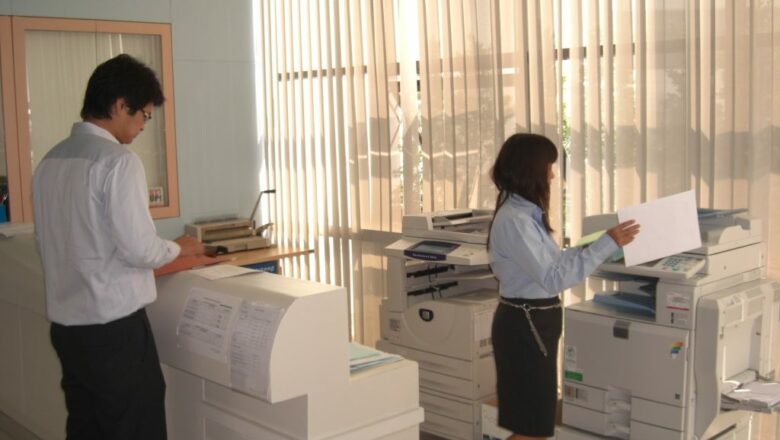How Does The Photocopier Work?
Ever wondered when and why the photocopier came to be? Are you curious about how it works? If you want answers to these questions, read on.
The History Of The Photocopier
Several decades ago, Chester Carlson, who was working in a patent office, found it very tiring and time consuming to make several copies of a single document. He didn’t want to use carbon papers and other manual duplicating devices anymore. Since this was an integral part of his job, he tried to think of ways to shorten this document copying process. This was where the idea of photocopying was born. Then, in 1938, with the help of his assistant Otto Kornei, he was able to produce the very first copy. This paved the way for one of the greatest inventions of the 20th century, Xerography.
However, Carlson’s invention didn’t take off right then and there. It took 10 years before a company, the Haloid Company (now known as Xerox), agreed to develop it. During this period, photocopying was called electrophotography. The initial process was crude using a zinc plate, sulphur and a bright light source. Over the years, the process was improved and the rise of the photocopying industry began.
According to records, what catapulted xerography to the world stage is the 914. Released in 1958, the 914 was the very first push button copy machine. This commercial photocopier raked in millions in sales and turned Xerox into a very profitable company.
The phenomenal success of Xerox and the growing demand for photocopying machines and services paved the way for competitors and new products. In 1985, Canon became the world’s top photocopier company and eventually released the first-ever colour copier.
Nowadays, photocopiers are essential in many offices. In fact, they’re considered one of the heavily used office machines. Also, other copier brands have emerged aside from Xerox and Canon. Most importantly, the selection of photocopying machines available in the market these days is vast – black and white to coloured, dedicated types to multifunction copiers, etc. According to experts, innovations in this field won’t stop any time soon, especially since the demand for copy machines is still high.
How A Photocopier Works
Photocopiers function because of the principle of ‘opposite charges attract’. Below are the six main steps in the photocopying process:
Charging – The part of the photocopier called a drum is electrostatically charged. The drum has a photoconductive coating which becomes conductive upon exposure to light.
Exposing – A bright light passes over the document to be copied. The part of the document which is coloured white reflects the light on the photoconductive drum and it becomes positively charged. Meanwhile, the parts which are dark or black remain negatively charged.
Developing – The positively charged toner is attracted by the negatively charged areas of the reflected image.
Transferring – The toner is then transferred from the drum onto a piece of paper. A stronger negative charge is applied to the paper to attract the toner.
Fusing – The paper then passes through heated rollers to melt the toner and bond it onto the paper. This is why papers coming out of the copy machine are warm.
Cleaning – To ensure that the residual toners are removed from the photoconductive drum and prepare it for the next image, photocopiers have rotating brushes that cleans it after every photocopying process.
The process used by modern digital photocopiers is not different from the process mentioned above. However, there are some improvements in the methods such as the change from the exposing process into an image scanning process. This enables the photocopier to remember the image to be copied and to make copies faster.
For more information about how photocopiers work, call us at 0818 987 900 and talk to our photocopier specialists.
—
Image Attribution: Photograph by MiCRoSCoPiC^eaRthLinG [CC BY 3.0], via Wikimedia
Image Resource: https://en.wikipedia.org/wiki/File:Man_using_photocopier_(Stamford_International_University,_Bangkok_campus,_Thailand_-_22_April_2009).jpg#filehistory
